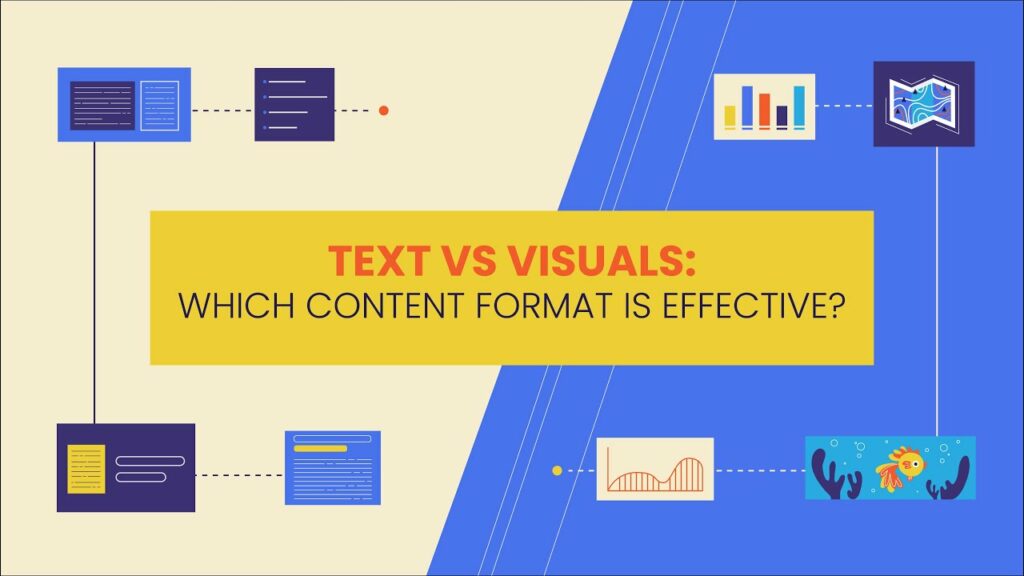
A progressive web application (PWA) combines the best features of web and mobile apps, offering users a smooth, app-like experience. Built with standard web technologies (like HTML, CSS, and JavaScript), they function like native applications, complete with custom splash screens. The hallmark of PWAs is their speed, reliability, and seamless user experience, even on varying mobile devices and network conditions.
This guide will:
- Explore the six most impactful benefits of PWAs.
- Explain how PWAs are built.
Improved performance
PWAs are designed to load quickly and provide smooth interactions, making the user experience more efficient and enjoyable. This speed is achieved through techniques like caching essential resources, which means that once a PWA is loaded, it can display content and respond to user interactions almost instantly.
This enhanced performance is crucial, especially in a mobile-first world where users expect quick and responsive applications. Such efficiency keeps users engaged and contributes to higher satisfaction and retention rates.
Offline capability
PWAs use cached data and resources to enhance users’ offline experiences. The cached resources allow the app to avoid network requests and work offline.
Enabled users can access key features and view previously loaded information without being online. This comes in handy, particularly in areas with poor connectivity, for those trying to conserve data usage, or for anyone stuck in an area with no connectivity (like an airplane).
OAuth and SAML are two protocols that can help with offline capability, but they have some key differences and similarities.
OAuth vs. SAML is a common topic of discussion among web developers, as they both offer ways to integrate web applications with various identity providers, such as Google, Facebook, or Microsoft, and enable users to sign in with their existing credentials. OAuth is an open standard for authorization that allows users to grant access to their online accounts without sharing their passwords.
SAML is a secure XML-based protocol for exchanging authentication and authorization data between an identity provider and a service provider. Both OAuth and SAML can leverage the benefits of progressive web apps, such as fast loading, push notifications, home screen icons, and offline functionality.
Cost-effective compared to native apps
PWAs require less time and resources, as they’re built using standard web technologies that work across multiple platforms. This approach removes creating separate versions for different operating systems, significantly reducing development and maintenance costs. This affordability makes PWAs an attractive option for businesses seeking to maximize their reach while minimizing expenses.
Easy to update
Unlike native apps, where users must download updates from an app store, updates for PWAs are deployed directly on the web server. This means that any changes or enhancements to the PWA are immediately available to users without requiring them to take additional action.
This server-side update mechanism simplifies maintenance and makes life easier for users by giving them effortless access to the latest features.
Responsive design
PWAs automatically adjust their layout to fit the screen size and resolution of various devices, from smartphones to tablets and desktops. This adaptability ensures an optimal user experience and eliminates the need to create separate app versions for different devices.
Secured through HTTPS
PWAs prioritize security using HTTPS–the same secure protocol websites use to protect data. This protocol encrypts the data between the server and the user’s device, preventing data security breaches. This feature is crucial for maintaining the data’s integrity and the users’ trust.
How to build a PWA in four steps
Image by Christopher Gower on Unsplash
1. Create a web app structure
Start with establishing a basic web application structure using HTML. HTML provides the framework for your content and layout and then moves on to CSS for styling things like the background color and general theme colors.
Use JavaScript to add functionality to your app. JavaScript enables interactive features, making your app dynamic and user-friendly.
In creating the structure, ensure your app is responsive to different screen sizes and devices.
2. Create a web app manifest
The app manifest file is a JSON file that dictates how your app appears to users and how it’s launched. It includes vital metadata such as the app icon, name, and the start URL. The manifest lets you specify the home screen icons, the app’s full-screen mode, and its orientation. This file provides users with a more app-like interface when the PWA is accessed from a mobile device. It also plays a key role in the ‘Add to Home Screen’ feature, making your PWA feel more like a native app.
For the manifest file to work, you need to add it to the HTML file. To do this, include a link to the manifest file within the <head> section of your HTML document.
3. Service workers for offline support
Service workers are scripts that run in the background, separate from the web page, and provide functionalities that don’t need a web page or user interaction.
They play a pivotal role in supporting features like offline use. This is achieved by caching important resources during the first visit so they can be accessed later.
Service workers also allow the app to synchronize data in the background when connectivity is restored and implement push notifications–which all add to a pleasant user experience.
4. Test and deploy
Make sure to test the PWA on a variety of devices and browsers to ensure that it is responsive, reliable, and passes all necessary quality assurance requirements. This process involves checking how the app performs on different screen sizes under various network conditions and ensuring all features work correctly across platforms.
Once testing is complete and errors fixed, the PWA is deployed onto a server.
It’s important to keep your carbon footprint in mind throughout the development and maintenance of your PWA. You can do this by keeping your computers, servers, operating systems, and all IT assets in a sustainable data center that uses energy-efficient technology such as cooling systems, modern servers, and LED lights to reduce energy consumption.
Wrapping up
PWAs have strong advantages over native apps that can’t be ignored. They’re easy to update, cheaper to develop, and work offline–that alone should tempt any business into building a PWA or converting their website into a PWA.
Featured Image by Arnold Francisca on Unsplash
The post The Benefits of Progressive Web Apps and How to Build Them appeared first on noupe.



